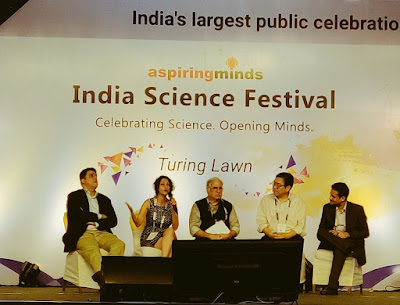Past as a friendly ghost: The art world all over again…
It’s been almost a decade since I left the art world to pursue academia. From convincing CEOs and their interior designer sidekicks to buy a Toy painting from the Warhol series for the children’s room to now convincing students to learn how to communicate when selling themselves and their ideas, things have changed somewhat. But it’s hard to forget the adrenaline of clinching a deal, of convincing your client that a Chagall lithograph was meant for them as you dimmed the lights in the viewing room, got them to nurse some wine and relax on the leather couch in the privacy of the gallery room.
In my naïve days, I thought information deeply mattered. I thought a buyer would be interested and would demand knowledge on the background of the artist, their historical significance, the artistic significance of the piece to the provenance of the artwork. Yet over time, you get to realize that decision-making is a more irrational process and rationality comes often after the deal is done to justify one’s choice. It has to fit with the art deco theme in the house or perhaps there is a romance with the location of the subject matter in the painting or loyalty towards the nationality of the artist. Indeed, this is information too but of a different sort, less intuitively connected and more personalized to the client. This was the real job of the art dealer, to get to detect the unique information that is needed to make the deal go through. Some called it intuition, some called it a matter of patience and then some called it good listening…the client always tells you if you’re willing to listen.
That said, much of such mediations happened face to face. Even at the peak of the dot com bubble in San Francisco in the 1990s, it was a big deal to do transactions over email and the phone. There was fear that the client would slip away, would not need the dealer anymore; that the process of buying was emotive and that was possible more face to face than online. It was about building relationships and virtual connections did not serve well in building trust. Sure, one used the phone and email to keep the client reminded of one’s presence, of diversifying the means through which we could serve as a nagging presence in the back of their minds until they decided on buying the art piece. But there was no question of the gallery becoming defunct for the tradition of selling art.
Yet, in today’s information and digital age, has the game changed radically in the art world? Are we still holding onto age-old gatekeepers and their possibly redundant traditions in connecting the buyer to the seller, the customer to the art, the gallery to the artist? How is trust being established as the art world goes online? Will the mass dictate now and the dealer listen? How closed are the gates to the art world and who is entering now?
So more than a decade later, I find myself back at the gallery doorstep, contemplating its new fate and the role of art dealers in mediating information within this (once elite?) gated community.




Comments
Post a Comment